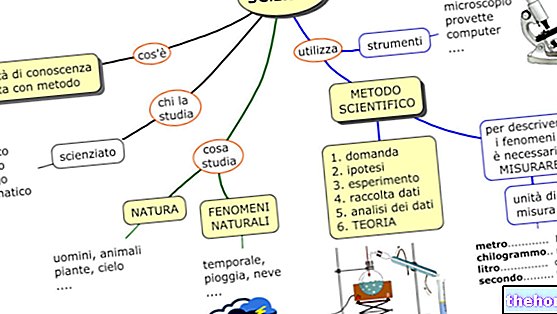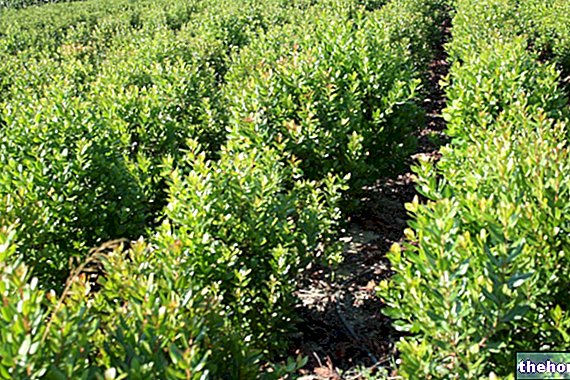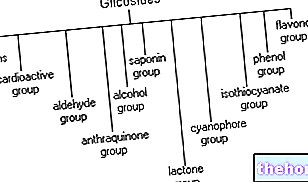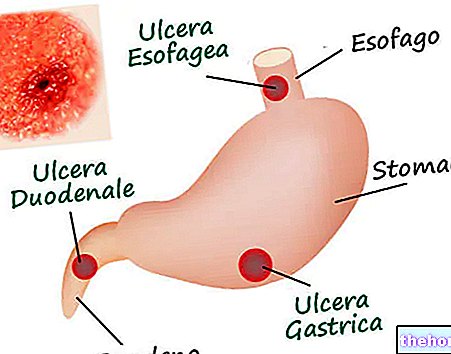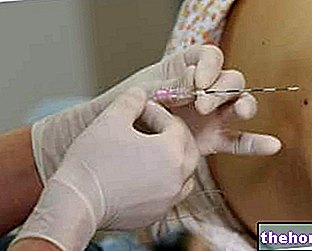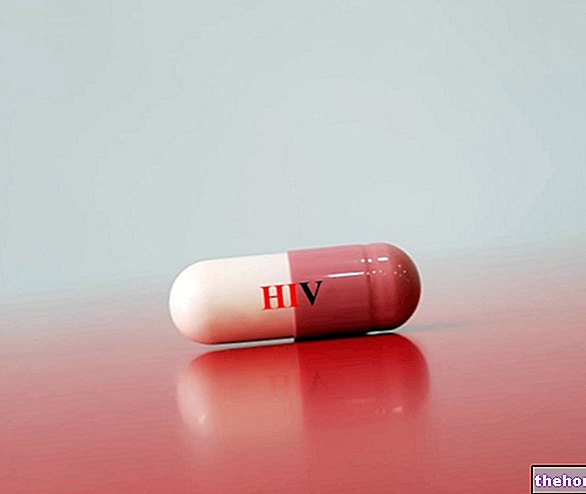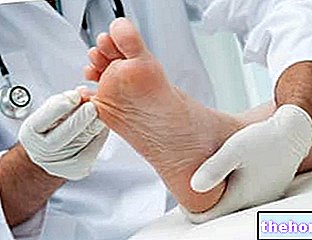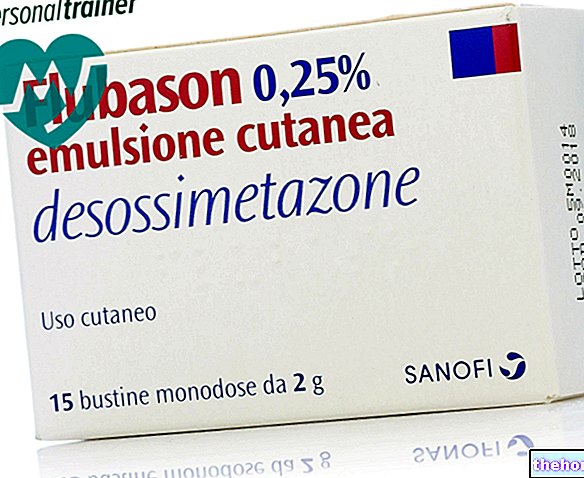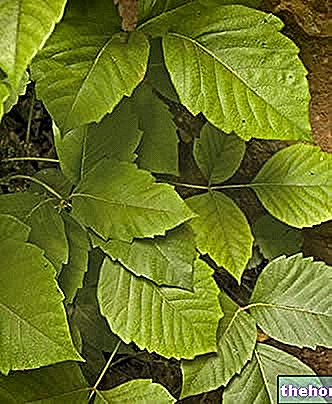EMBRYOGENESIS is the production of somatic embryos from undifferentiated cells; from each of the cells selected in a suitable culture medium, somatic embryos can be obtained, so called because they originate from the soma or diploid body for subsequent mitotic divisions guided by the composition of the culture medium. In nature, on the other hand, the embryo (surrounded by a reserve tissue, called the endosperm and by a further layer of external integuments) is allocated in an organ, called SEED, which originates in the adult plant through sexual reproduction. grow somatic embryos not surrounded by endosperm and integuments, but single isolated embryos, which we could define artificial seeds. These embryos are grown until they reach a size sufficient to remove them from the petri dish and implant them in a small vessel, from which they will be transferred into The choice of a somatic embryo instead of a genetic recombination is more convenient, since the mitotic division brings with it fewer genetic variables that can lead to a variation in the productivity of the implants. It is superfluous to specify that a sexual embryogenesis involves a large genetic remixing resulting from the union of two gametes; this type of reproduction is at the basis of genetic variability, which makes the individual different from its parent. In this case, biotechnologies are used to go against this physiological genetic variability and obtain a "uniformity of production of the cultivated field.
Biotechnologies in the agronomic sector play an important role in the recovery of medicinal plants. A cultivation of medicinal plants is different in agronomic and functional projection aspects compared to a cultivation of plants intended for food use. The quality of the medicinal plant must also be sought in the methods of cultivation, organic or not. An organic cultivation, due to its not very aggressive essence, is more attackable by microorganisms of all kinds, fungi and phytopathogenic bacteria in the first place. If a plant undergoes microbial contamination it can no longer be used for health purposes; an "aggression by phytopathogens determines an" inevitable alteration of the properties of the drug, distancing them from those described in detail in the pharmacopoeias. Viroses, for example, are widespread in medicinal crops; well, biotechnologies use a particular characteristic of plant tissues to fight them. In fact, there are plant cells which due to their physiological characteristics cannot be attacked by viruses. These cells are the meristematic cells present in the apexes of the stem and root; these cells are always healthy and able to maintain the genetic heritage and the productive potential of the medicinal plant. The biotechnologies take the explant containing these "immune" cells, which will be isolated and sown in a solid culture medium; thus a healthy callus of the sick officinal species is obtained. The callus cells, placed in the appropriate culture media, can then be used to generate new, healthy and genetically enhanced seedlings.
Other articles on "Biotechnology: embryogenesis and recovery of medicinal plants"
- Biotechnology and agronomic improvement
- Pharmacognosy
- Biotechnology: the process of organogenesis





